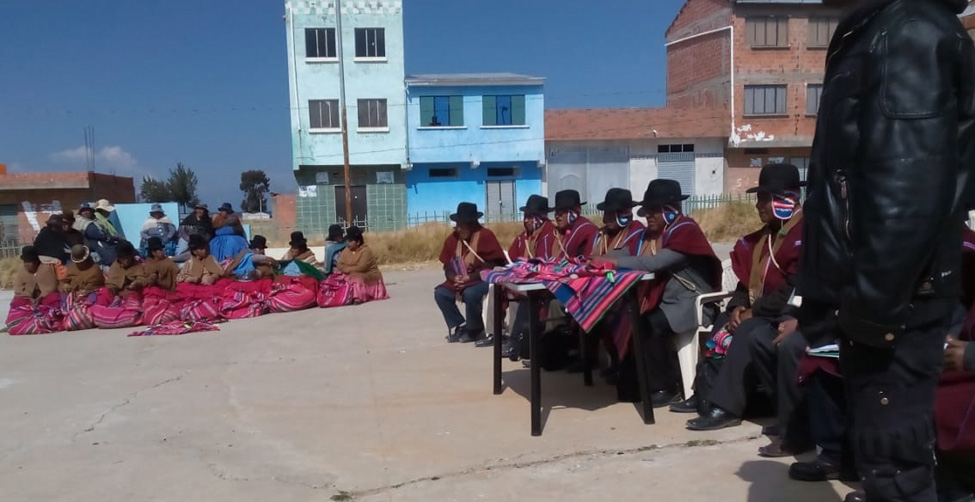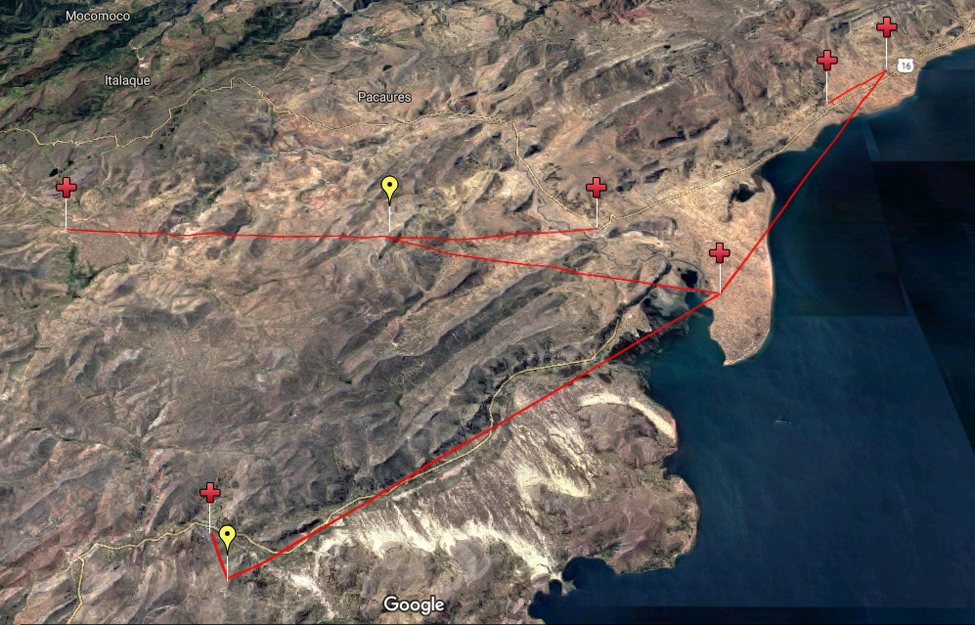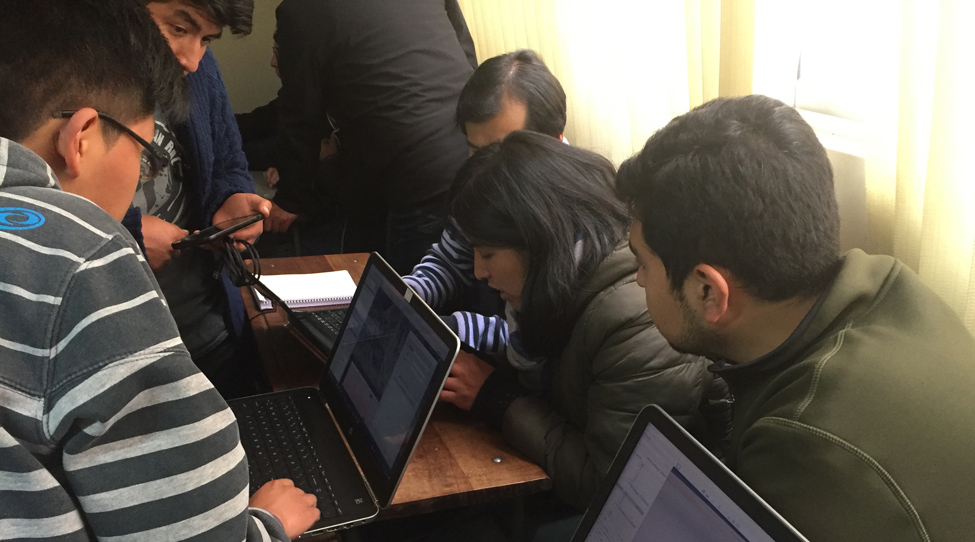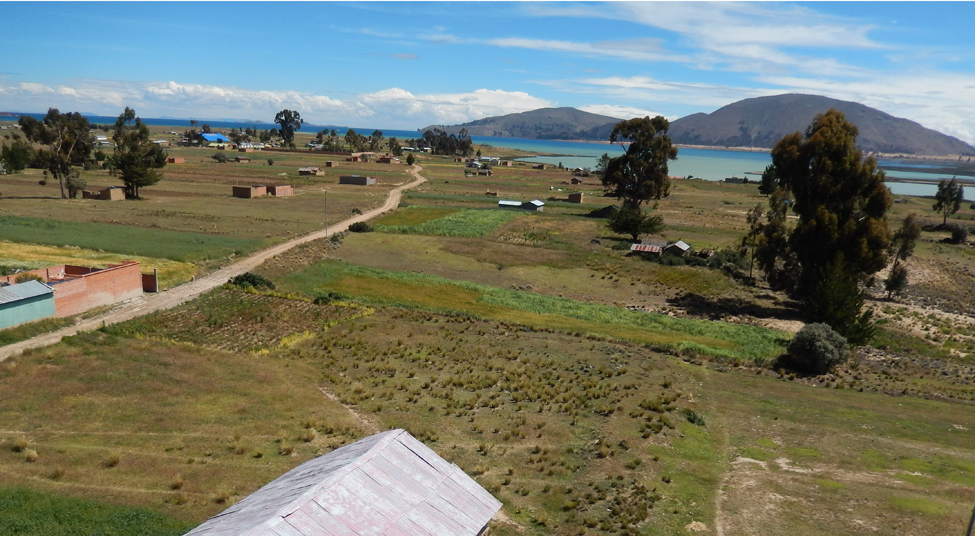Improving the Health of Disadvantaged Rural Bolivian Residents Through Appropriate Technology and Self-Sustainability (CamachoNet)
Project Overview
Project Location: Camacho Province, Bolivia
Sustainable Development Goals
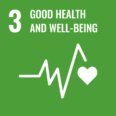

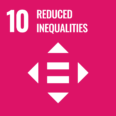
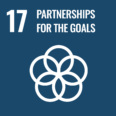
2019
Year Funded by HAC
$50,000 USD
Funding Provided by HAC
Region 9
IEEE Region
Bolivia
IEEE Section
Technology Types
ICT, Data, Energy
Contact
murillo@ieee.org
Table of Contents
Project Video
Project Details
Project Overview
Bolivia has one of the highest maternal and infant mortality rates in the Western Hemisphere. Remote villages in the country fare the worst, as health centers are often served by inexperienced doctors or nurses. When emergency cases arise, consultation with specialists in main hospitals becomes impossible due to the lack of internet connectivity or inadequate bandwidth. The lack of appropriate health care has translated into otherwise avoidable deaths. The central government has provided expensive telemedicine equipment; however such is not operational because the communities cannot meet the budget necessary to purchase satellite internet connectivity.
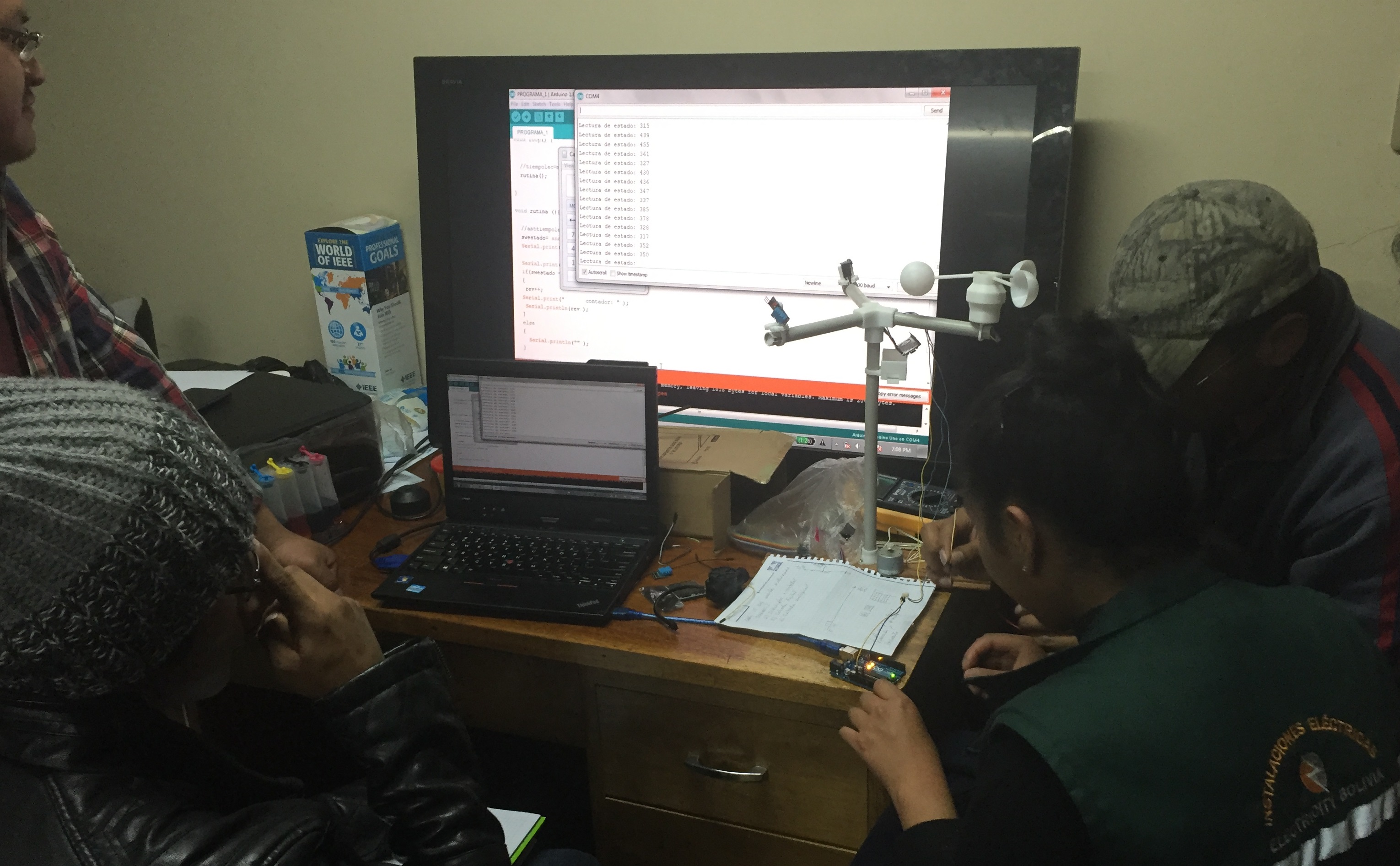
Lack of internet connectivity also impacts education and economic opportunities in rural areas. While a child living in one of Bolivia’s capitals is being raised with state of the art communication technologies, a child living in rural areas is not exposed to technologies. This creates an educational gap, socio-economic gap, and few prospects for the student to study technology-related disciplines in the future.
Solution
Provision of inexpensive regional high speed telecommunication technology that is also reliable and resilient to grid failure. This is accomplished through long distance Wi-Fi network (WiLDNet) linking seven remote health posts for providing telemedicine services. The provision of localized data and services that lessens dependence on unreliable Internet connectivity is accomplished through a micro datacenter and applications that will serve these communities.
Through the “feet on the ground” approach, the project also expands to other communities within a self-sustainability model. Sustainability will be accomplished through a business model where local communities and education providers are also served through digital services such as teleconferencing among remote communities, educational material, text messaging, video streaming and other services. Such is operationalized through local entrepreneurs that provide services, support the infrastructure, and infuse competition.
Stakeholders
- IEEE student volunteers
- Municipalities – mayors and other leadership of 7 communities in Camacho Province
- Residents of local communities
- Health workers at Health Network III in Camacho Province, including 1 main hospital, 8 health centers
- Local entrepreneurs
- IEEE Bolivia Section
- NGO Fundacion ARU
- Equipment vendors, systems integrator, and tower builders
Inputs
- Funding from HAC
- Funding from miscellaneous contributors
- In-kind resources from municipalities and communities
- Time of IEEE Bolivia Section volunteers and other volunteers
- Benchmarking and project expertise of NGO
Activities
- Socialization of the project with the communities carried out by volunteers
- Construction and installation of towers and related infrastructure
- Installation and configuration of telecommunications equipment
- Installation of solar panels, batteries, inverters, and regulators
- Installation of mini datacenter
- Hold training sessions with local and health stakeholders
- Hold training sessions with local entrepreneurs
- Incubate small entrepreneurs
- Carry out a social science baseline in order to assess the impacts of the project
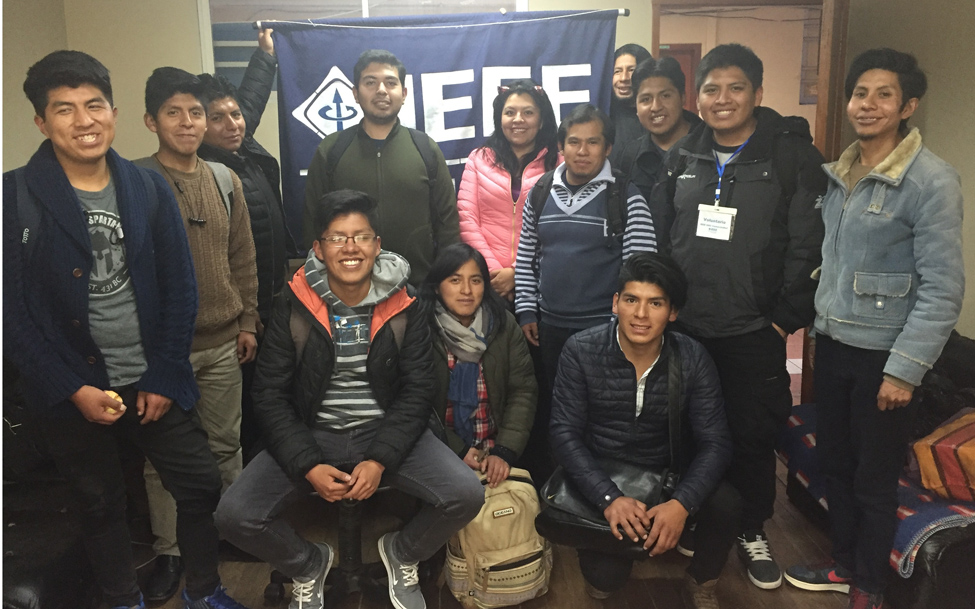
Outputs & Outcomes
Outputs (anticipated)
- 7 towers total. Three 39-meter towers (repeaters) and 4 smaller towers. Towers belonging to municipalities are being used when possible. (# of towers installed) Update 17 March 2020: two large towers and one small tower completed.
- 13 long-distance point-to-point radios and antennas. 10 distribution radios/antennas. 8 point-to-point short range radios and antennas. (# of telecommunications equipment installed)
- 3 sets of solar panels/batteries/charge controllers for the repeaters. Upon budget availability we will also install these systems in the health centers with the least electricity reliability. (# of solar power systems installed) Update 17 March 2020: design of solar battery controller is in progress.
- One micro data center composed of 50 Raspberry PI computers and other hardware support (# of mini datacenters installed) Update 17 March 2020: design and implementation in progress.
- At least one health personnel trained in the operation and basic maintenance and troubleshooting of the network infrastructure installed in her health center (# of health stakeholders trained)
- First videos to be shared through the microdatacenter will be training videos on the services available in the regional network. We expect that hundreds of locals will watch these videos and thus be empowered to inform others about the services (# of locals trained)
- At least one small entrepreneur in each village will be trained and incubated to offer the services we will provide and to carry out technical maintenance to the equipment and train locals. (# of local entrepreneurs trained)
Outcomes (anticipated)
- Steady increase of communications between health centers for health-related operational and administrative tasks.
- Increase in the consumption of training videos from the local data center.
- At the short, medium and long-term, there should be a steady improvement of quality of health care because the utilization of new telecommunications infrastructure.
- At a medium and long-term, mortality rates and related measures should be bettered by the introduction of technology and the appropriate training of health personnel in technical issues.
- Lessen the sense of isolation of health workers in remote villages.
- At the medium and long-term, improvement of the socio-economic situation and education of the region.
- Acknowledgement of the importance of technology for facilitating health care.
- Increase in the creation of videos and other resources that are relevant to the communities
Current Status
Project Status
Project is currently ongoing and slated to finish May 2020. Update 17 March 2020: extension requested.
Volunteer Opportunities
There are volunteer opportunities for IEEE Bolivia Section members and interested non-IEEE members, particularly students, located in Bolivia to participate in the project. Please contact murillo@ieee.org.
Collaboration Opportunities
The project is also open for collaboration with international stakeholders. Please contact murillo@ieee.org
Lessons Learned
TBD
Sustainability Plans
TBD
Scalability Plans
TBD
For More Information
Media
The Institute Article: Martin Murillo Brings Bolivian Villages the Internet (27 Dec 2019)
IEEE SIGHT Article: A Rural Health Project in Bolivia is Making Impact and Taking Project Implementation to New Horizons (22 Oct 2019)
Collaborators
External Implementation Partner: NGO Fundación ARU. Carries out social science baselines and the measurement of impact of the project. Also provides administrative support.
Collaborating Institutions in Components Not Considered in Original Proposal: RIMISP (Latin American Center for Rural Development) through their Inclusive Markets Project (of the Swiss and Swedish cooperation agencies in Bolivia) has shown interest in the project and we are starting collaboration in components that complement the project. This is carried out in cooperation with the health authority of La Paz.


